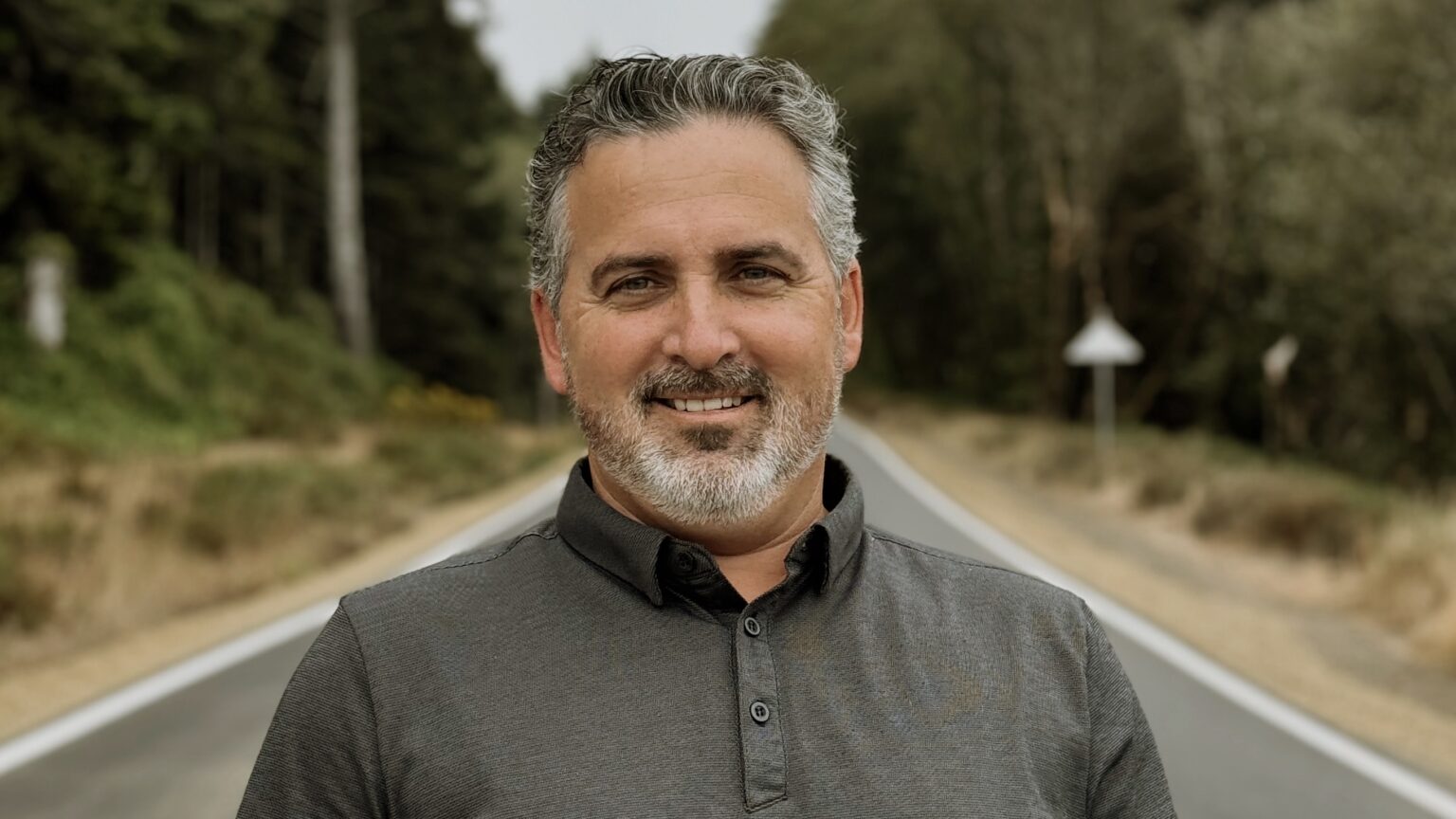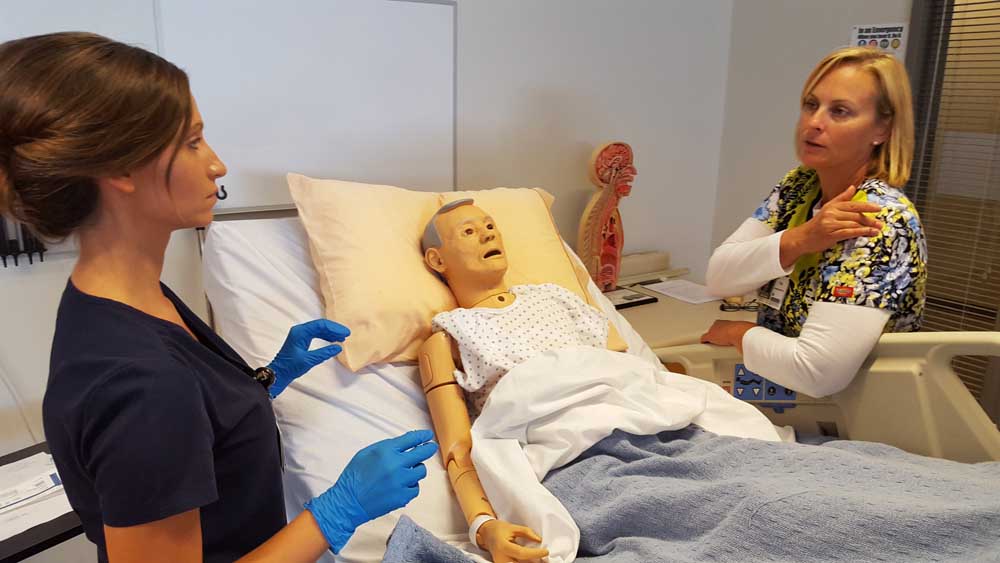New Youngs Bay Bridge is new again (slideshow)
Published 5:00 pm Thursday, April 30, 2009
The major upgrade of the new Youngs Bay Bridge will be finished within the next few weeks.
The $9.4 million project started in September 2007, along with detours for drivers Sunday through Thursday nights from 9 p.m. to 6 a.m.
Those nightly bridge closures will soon be history. Paul Christiansen, Oregon Department of Transportation project manager, said the bridge improvements will be complete before the end of May.
“When we’re finished with it, the bridge structure will be like new,” said Chris Suits, assistant ODOT project manager. “We’re fixing everything.”
Although the new Youngs Bay Bridge has had regular maintenance and repairs over the years, this is the first time it has been substantially upgraded. Built in 1964, it carries 14,000 vehicles from log trucks to motorcycles between Astoria and Warrenton every day.
It’s called “new” even though it’s 45 years old, to distinguish it from the old Youngs Bay Bridge, built in 1921.
Improvements accomplished during this massive project include structural upgrades, remodeling the bridge operator’s house, replacing the lift-span control panel, a computerized monitoring system, new electrical systems, safety barriers and traffic gates. The bridge’s rivets have been replaced by bolts, the concrete bridge rail on the drawbridge has been replaced, and traffic signals have been reworked.
A new underwater power cable takes the place of power lines that used to be attached to the bridge’s superstructure, where they were buffeted by wind and rain. The bridge is also getting a new coat of green paint that is expected to last 15 to 20 years.
Unforeseen problemsThe improvement project was supposed to cost $8 million and be done by last month. But Suits said unforeseen conditions – mainly the need to replace structural steel – caused the project to take longer and added to the cost. “Until you strip the paint off it’s hard to evaluate the condition of the steel,” Christiansen explained.
The contractor, Advanced American Construction Inc., of Portland, discovered some of the steel was corroded from exposure to the bay’s salty water, which doesn’t wash off in protected areas of the bridge. “We added four to five months’ worth of work but we’ll be done one and a half months late,” Suits said. “We originally thought we would finish early.”
In addition to night closures, sometimes the bridge has been closed to traffic for awhile during the day while the contractor swapped out machinery that had to be replaced. During those times, the contractor brought in crews of three to five and had a crew inside each tower to make the work go more quickly. There was also a month-long period when the bridge span could not be raised to let boats travel between the bay and the Columbia River. The marine closure was coordinated with the U.S. Coast Guard and Astoria Marine Construction, whose owner, Don Fastabend, was cooperative and understanding, Christiansen said. The boat yard has been in business since 1926 and depends on the bridge to allow boats to get in and out of Youngs Bay.
Many improvements were made to the operator house high atop the bridge, where Josh Ransom, ODOT’s drawbridge coordinator and his crew, will now use a computer to control bridge openings for boat traffic. The operator house has new cabinets that are insulated and sealed to protect the electronic equipment stored inside. The narrow 8.5-by-30-foot control room also has new counter tops, dry wall, electrical wiring, vinyl flooring, a new bathroom, a new membrane roof and windows that are not only bullet-proof but actually open and shut.
Asbestos was removed and replaced with sheetrock. Thanks to new video cameras, operators will now have a view of the bridge during openings and won’t need another person as a spotter.
Piers hold up the steel part of the bridge, which has two spans, one fixed and one movable. Concrete “bents” support the concrete part of the bridge. Because of funding limitations, Christiansen was unable to construct a wider shoulder for pedestrians and bikes by replacing the concrete bridge rail and removing the curb along the entire bridge. However, he was able to make those improvements on the two steel spans, which widened the walkway by eight inches. It’s now 34 inches wide on that part of the bridge.
No repavingFunding limitations also prevented repaving the bridge’s concrete deck, which is badly rutted from 45 years of heavy traffic. Like all roads, it needs to be maintained, Christiansen said, but it’s not on ODOT’s list for repaving.
However, Christiansen said the $9.4 million project has given just about every other component of the new Youngs Bay Bridge a new lease on life.
“As we’ve done the project we’ve rebuilt almost everything that can be rebuilt. We should have a good structure that will last for many years,” Christiansen said. “The steel, electronics and mechanical portions are almost like new.”
The project has also given the local economy a boost by employing many local businesses as subcontractors, including JP Plumbing, Dr. Roof, Diamond Heating, K Manufacturing Inc. and Columbia Concrete Pumping.









